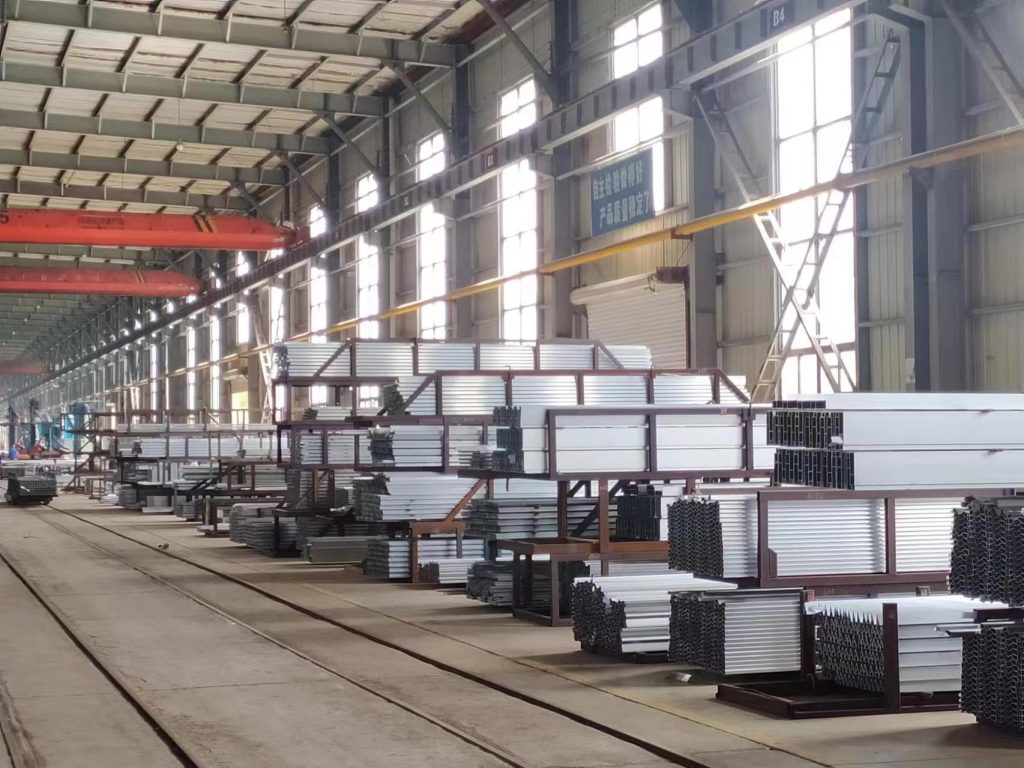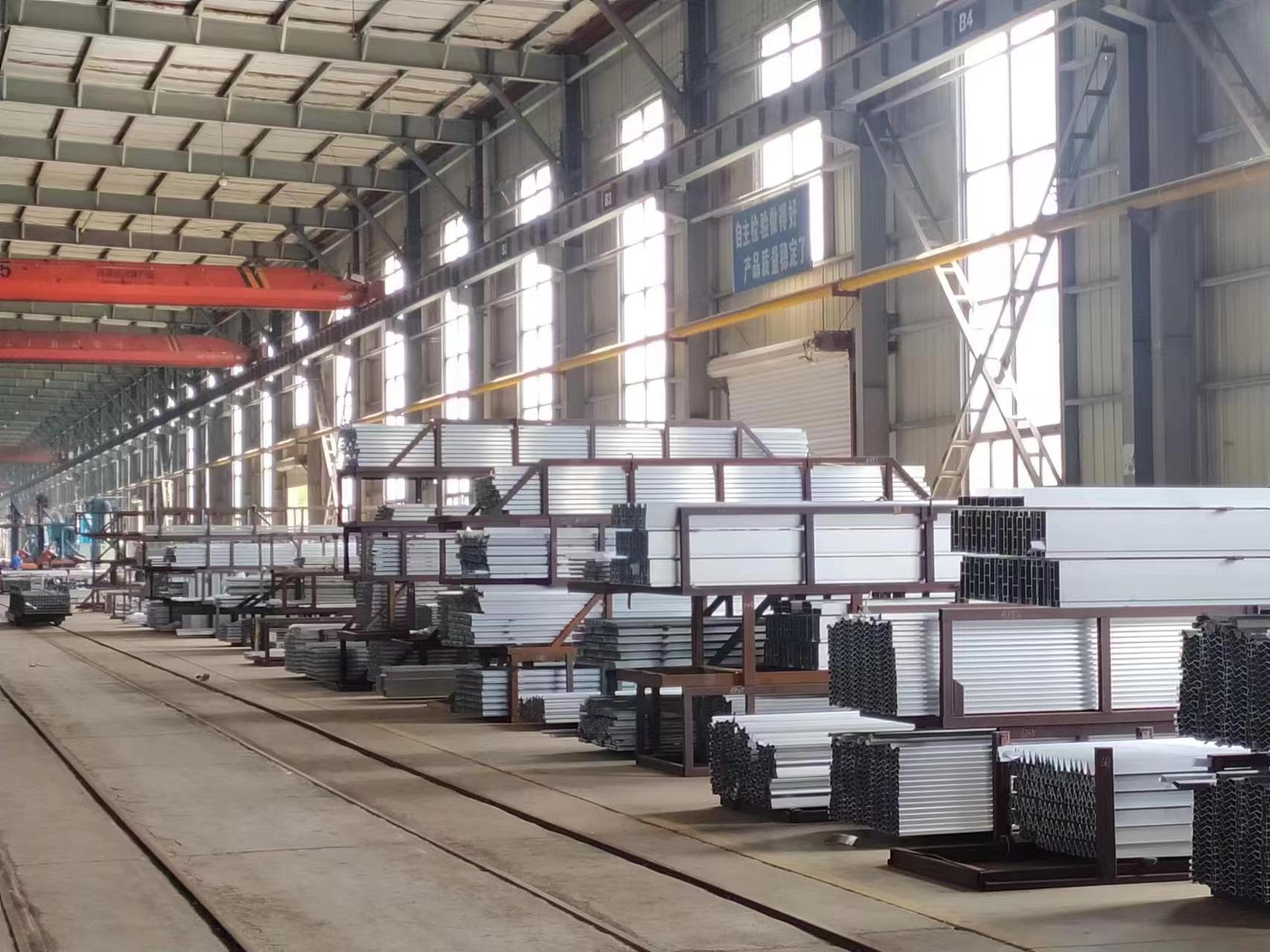Introduction
Aluminum profiles are vital components in various industries, prized for their versatility and durability. However, maintaining their pristine surface is crucial to ensuring their performance and longevity. In this article, we delve into the common causes of surface damage to aluminum profiles and explore effective preventive measures.
Causes of Surface Damage
Debris and Segregation on Ingot Surface
The presence of debris and segregation on the ingot surface poses a significant risk during the extrusion process. Hard metal particles can adhere to the surface of the work belt, leading to scratches on the profile.
Debris in Mold Cavity and Low Mold Belt Hardness
Debris within the mold cavity and low mold belt hardness can result in surface injuries during extrusion. Maintaining mold quality and hardness is essential to prevent such damage.
Exposed Metal on Discharge Track and Swing Bed
Exposed metal on the discharge track or swing bed, along with hard inclusions in graphite strips, can cause scratches on profiles upon contact.
Damage During Fork Rod Handling and Manual Dragging
Excessive speed during fork rod handling and manual dragging can lead to profile damage. Careful handling is essential to avoid such issues.
Transportation Abrasions
Friction and extrusion between profiles during transportation can cause abrasions and surface damage. Proper packaging and handling procedures are vital to mitigate these risks.
Solutions to Prevent Surface Damage
Strengthen Control of Ingot Quality
Implementing measures to improve ingot quality control, such as rigorous inspection processes, helps minimize surface damage.
Enhance Mold Quality and Maintenance
Regularly nitriding molds and adhering to strict maintenance processes are crucial steps in enhancing mold quality and preventing surface damage.
Use Soft Felt and Careful Handling
Employing soft felt to minimize contact damage and handling profiles with care during production and transportation are effective preventive measures.
Proper Placement and Avoidance of Friction
Carefully placing profiles in material frames and ensuring they are adequately spaced to avoid friction during transportation are essential practices to prevent surface damage.
Conclusion
Surface damage to aluminum profiles can significantly impact their performance and aesthetics. By understanding the common causes of damage and implementing proactive preventive measures, manufacturers can maintain the quality and integrity of aluminum profiles, ensuring their long-term reliability and durability.

